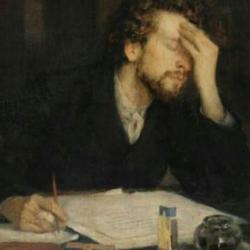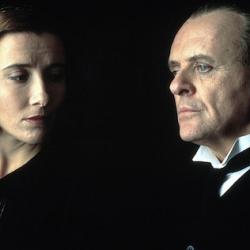What is “the Gothic”? Answers vary, and that is, Catherine Spooner argues (in Post-Millennial Gothic), because Gothic bears “multivalent meanings” and “has adapted and changed with the times” (9–10).
This isn’t a recent development: “After Gothic’s initial phase of popularity fizzled out around 1820, it quickly renewed itself in the form of penny dreadfuls, the ghost story and the sensation novel. Many of these forms were, significantly, derided as weakened, recycled versions of more vigorous originals.” That was unfair: “Gothic is relentlessly adaptive and will continue to find new outlets and hybrid forms” (10).
Spooner’s book is a study of the recent rise of “happy Gothic,” Gothic touched with comedy and romance, which she finds in film, TV, and fiction. “Campy” Gothic gets at the point, and Spooner cites Susan Sontag’s “Notes on Camp” as an influential inspiration for her own reflections (22-3).
Not that happy Gothic is new. Horace Walpole’s 1764 Castle of Otranto had comic scenes, “in imitation of Shakespearean tragedy” (22); the book “revels in its own Gothicness and possesses a curious lightness of touch” (23). Bret Harte and Oscar Wilde touched up their Gothic excursions with comedy as well.
In highlighting the importance of comedy and romance in contemporary Gothic, Spooner challenges a familiar explanation for the prominence of Gothic in contemporary culture, namely, that it’s a reflection of the anxieties of late modernity, or the fears and trauma of our post-9/11 world. That narrative is only persuasive if one ignores the happy, satirical Goths, which, Spooner argues, form a substantial tribe of their own.















